The previously unseen phenomenon of bonds between pairs of rhenium metal atoms breaking and reforming has been videoed in real time. The researchers behind the new work used a transmission electron microscopy (TEM) technique developed by Ute Kaiser’s team at Ulm University, Germany, both to provide energy that drives bonding changes and image those changes. These bond movies feature long chase scenes, with the rhenium atoms following each other, usually bound together by quadruple bonds. However, when pushed by the microscope, the bond order can decrease in steps apparently equating to triple, double and single bonds, with the atoms ultimately separating.
Kaiser’s collaborator Andrei Khlobystov from the University of Nottingham, UK, stresses that the approach differs from spectroscopic methods that infer atomic pictures. Kaiser’s sub angstrom low-voltage electron microscopy (Salve) technique provides greater resolution than previous approaches, capturing changes in the 0.2–0.3nm separations between the rhenium atoms. It records the tiny shifts in distance between them, which the teams ascribe to bonding changes, in real time. ‘This is direct evidence, you can see how this bond breaks between the two atoms and how it forms,’ Khlobystov tells Chemistry World. ‘This is, I think, extremely important.’
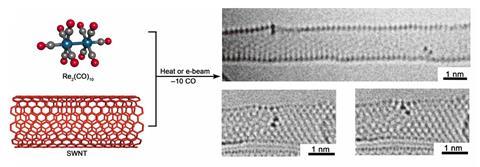
The collaboration built on Khlobystov’s previous work using carbon nanotubes as single atom-thick supports to enable high-resolution TEM movies. This helped when the two rhenium atoms broke apart, because the team could trap them both in the ridge between two nanotubes. The Salve tool could then provide the energy to push them back together and reform the bond.
Khlobystov emphasises that now Salve enables such experiments, rhenium is a good model system for studying bonding. As a high atomic number element, it’s easier to observe using Salve, and rhenium shows most of the bonding behaviour found in other metals.
Frank Wagner from the Max Planck Institute for Chemical Physics of Solids in Dresden, Germany describes the rhenium molecules as ‘promenading’ on the nanotubes. ‘For me the most exciting aspect of the walk is how the detailed electronic structure changes,’ he says. He suggests that Khlobystov and colleagues are considering that electronic structure using a ‘simplified picture’, and therefore awaits further calculations.
Meanwhile, the Ulm and Nottingham teams are keen to push the technique further, using it to study smaller atoms like carbon and oxygen, to image organic substances. ‘Then it becomes an entirely new way to study mechanisms of reactions,’ Khlobystov says. ‘Maybe in some years’ time we will see it in our chemistry laboratories as a standard method.’
References
K Cao et al, Sci. Adv., 2020, DOI: 10.1126/sciadv.aay5849

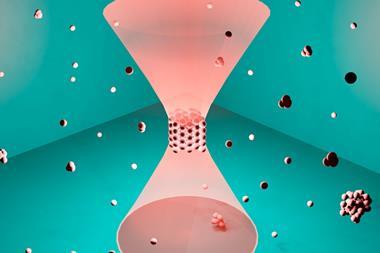

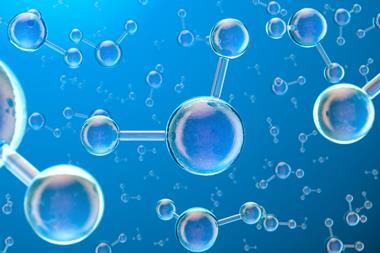






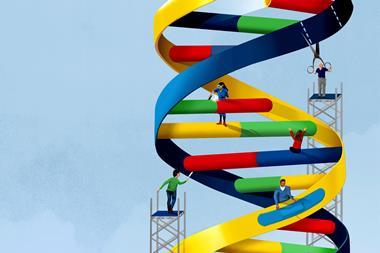
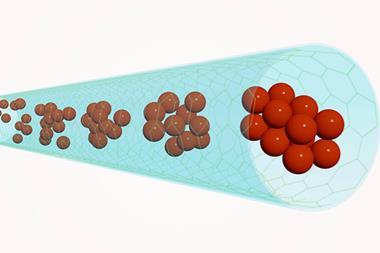
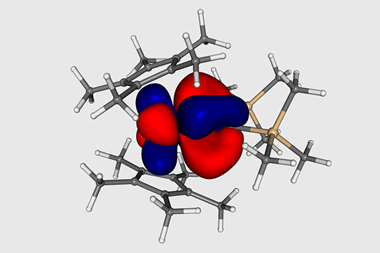

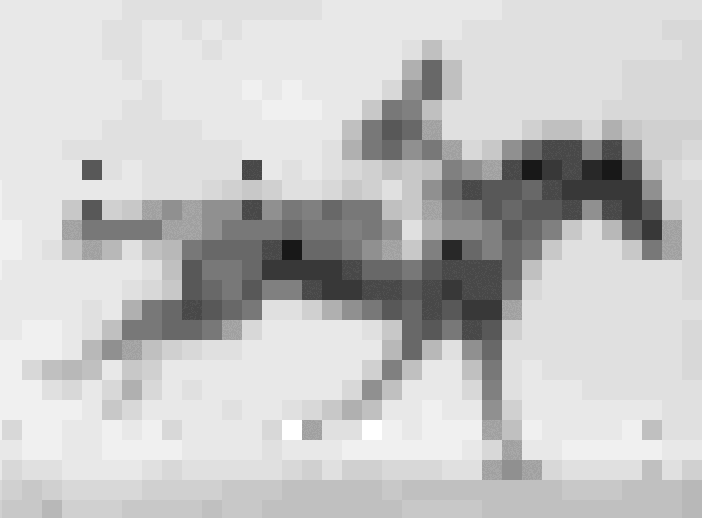












No comments yet